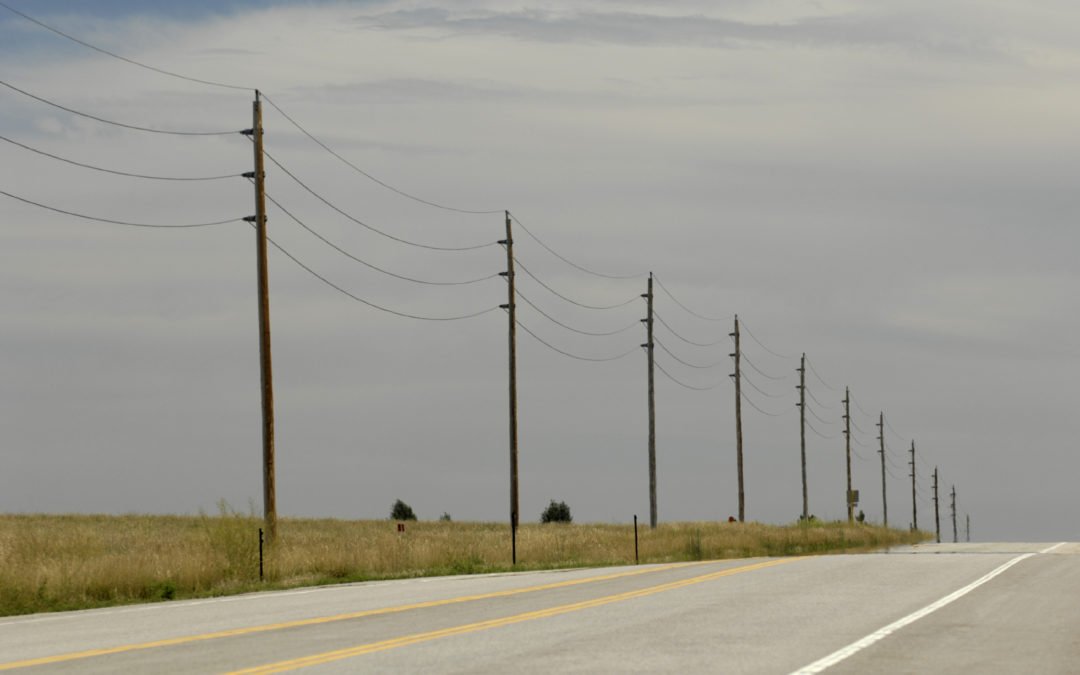For a while now, we’ve been aware of a particularly frustrating situation affecting rural telephone customers around the country.
Across the country, residents of rural communities are unable to receive long distance phone calls or are receiving calls of poor quality due to incomplete or blocked long distance calls. The issue affects landline, toll-free and wireless long distance calls.
So what’s the reason for this? Well, in the U.S., phone calls are carried on a network of phone lines that may be owned by a wide range of companies who charge a fee to carry long distance calls. To cut costs, some long distance companies attempt to use the lowest cost route available even if that route includes providers who aren’t capable of providing good call quality or even completing the call.
The result is thousands of dropped calls or calls with almost no sound quality occurring across the nation. Additional problems that customers have experienced are:
• The caller hears ringing but the receiving party hears nothing.
• The caller’s phone rings, but then hears only “dead air” when the call is answered.
• The call takes an unusually long time to place.
• Garbled, one-way, or otherwise poor call quality on completed calls.
• Callers receive odd or irrelevant recorded messages.
We understand that this is a frustrating issue for customers and smaller telephone companies (like Great Plains Communications) alike. While companies like us work with regulators to fix the problem, there is also something that you can do!
Those who are unable to place a phone call to a rural telephone customer should contact their long distance carrier. The long distance carrier can trace how the call was routed and find a route that works for the future. Residents who cannot receive calls should encourage the call’s originator to ask their phone company to trace the call and fix the routing issue.
Feel free to drop us a comment or call our Customer Response Center with any additional comments or questions.
